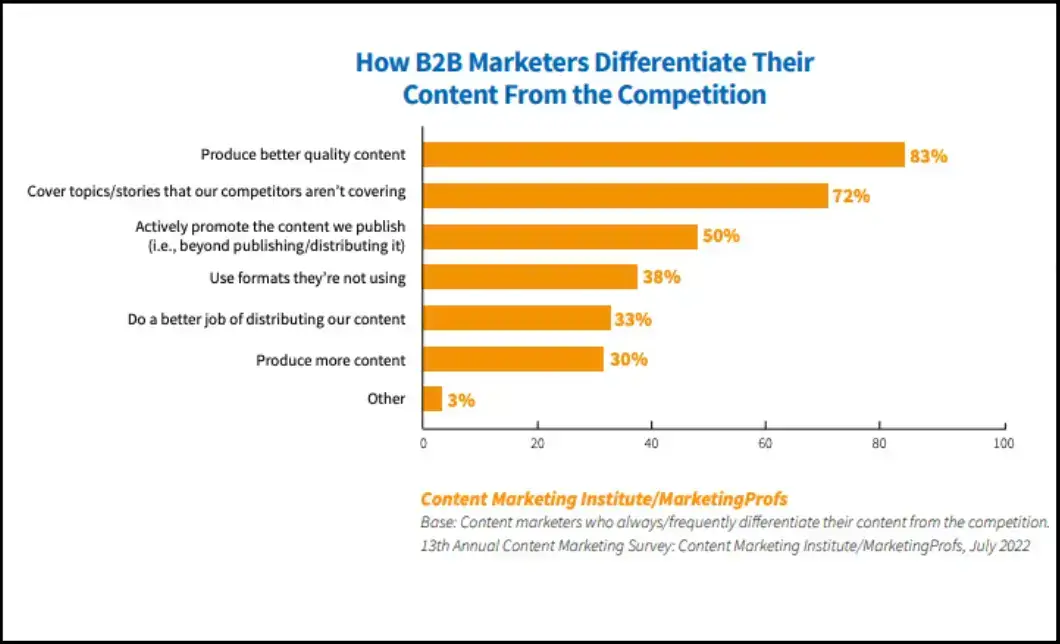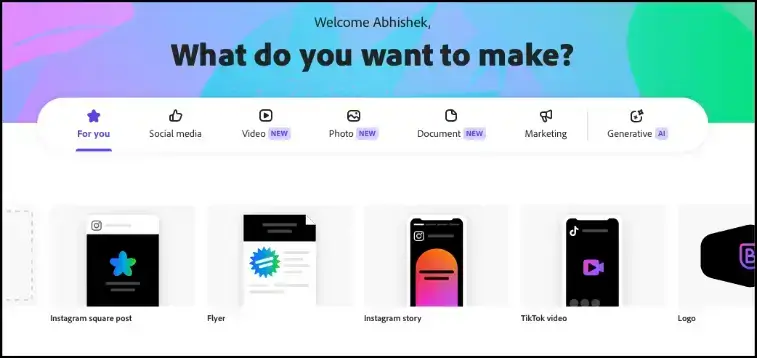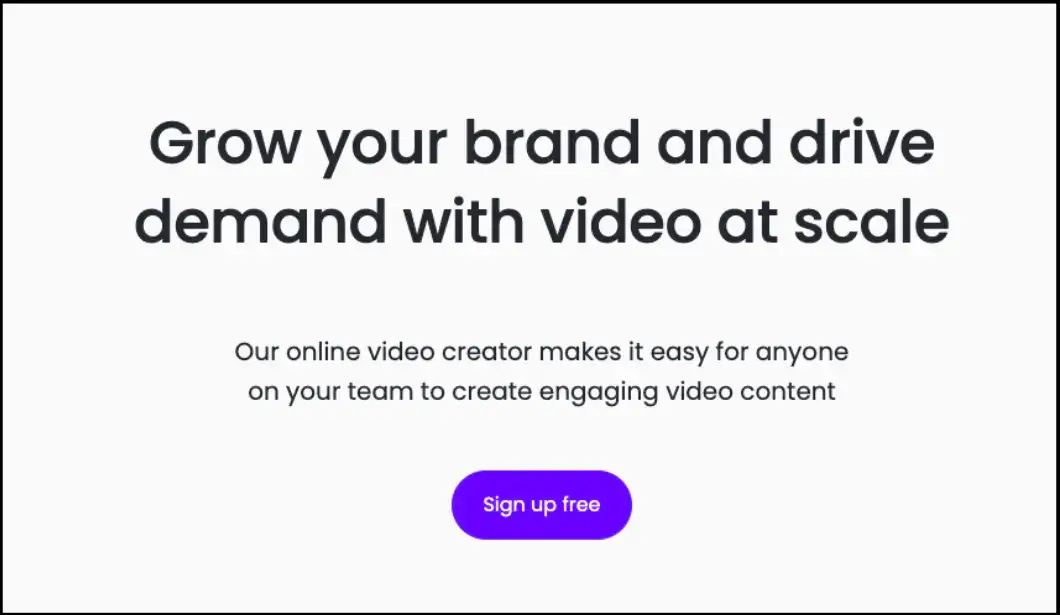Businesses have been creating content since the 18th century. And just as today, the branded content that companies produced back then was also strategically designed to build an audience. So what’s changed? And more importantly, what has stayed the same?
Five Reasons Your Content Marketing Strategy Isn’t Working:
In 1732, Benjamin Franklin published the Poor Richard’s Almanack - a yearly book comprising household tips, puzzles, poems, weather forecasts, sayings, and other content.
The publication, meant to publicize Franklin’s printing business, became extremely popular among American households and sold 10,000 copies yearly.
Some other classic examples of content marketing include Johnson & Johnson’s Modern Methods of Antiseptic Wound Treatment (1888) and The Michelin Guide (1900) for drivers by Michelin, the famous tire brand.
Although these were some astonishing works of original and path-breaking branded content, they were not recognized as ‘Content Marketing,’ a term coined in 2001.
Since then, content marketing has become a popular, non-intrusive way for businesses to build relationships with a primarily millennial and Gen Z audience.
Content-driven marketing is far more pervasive, evolved, and competitive now. Visibility and success come after you can establish yourself as a leader.
To get the desired business outcomes, you need to match up to the quality and scale of the content produced by publishing companies.

Businesses now find themselves marketing to an audience getting smarter by the day. They interact with your brand or share your content only if they consider it worth their time.
Here are five reasons why content marketing is not working for you and how you can turn it around:
1. Your Content Lacks a Voice
Getting followers for branded content is more complex than it sounds. Many businesses must give their content a distinct flavor crucial for building an emotional connection with the audience.
For example, content that appeals to technology professionals differs from one that appeals to designers or marketers.
According to Alex Klar, head of sales at Apptimizer.net, “Maintaining a consistent brand voice and message in content marketing is crucial for building brand recognition and establishing trust with the target audience.”
He says, “Consistency helps to create a recognizable brand identity, allowing customers to remember your brand.”
Additionally, a consistent brand voice and message across different marketing channels can reinforce fundamental brand values and differentiate the brand from competitors.
Plus, it helps you display thought leadership in your industry. Brands like Grammarly and RedBull have set an excellent example by consistently producing content that adheres to their respective voices.
Take a look at this post from Grammarly’s Facebook page:

Grammarly’s posts have their signature topping of humor while the content also educates the audience on tips related to language and communication.
Grammarly’s content tone is relaxed and easy, uncommon in B2B.
Now take a look at this video from RedBull:
Red Bull’s content targets extreme sports enthusiasts.
Its videos exude thrill, excitement, and adventure that’s unheard and unseen elsewhere. It organizes and covers live sports events while the content has a bold undertone, helping it build a massive follower base.
Here are some steps on how you can create a voice for your branded content:
- Create an Audience Persona: You must create a representative profile of your target audience. Start by including demographics, such as age, location, and profession. Then, enlist psychographics, such as fundamental interests, habits, lifestyle, traits, and beliefs. An audience persona gives you an understanding of who you’re talking to and what type of content will click with them.
- Define Your Brand Voice: Next, you need to list some key brand characteristics. It should ideally flow from the founder’s personality and goals. Ask some of these questions:
- What was the larger intent behind starting the business?
- What are some of the emotional values that make your brand unique?
- Are you lighthearted or formal in your approach?
- Create a Voice Chart: You can now create a voice chart that lists the dos and don’ts for content creators on your team. The chart will help content creators infuse your brand voice in your branded content.

2. You’re Not Using Visual Content Effectively
Visuals help you to grab the audience's attention and get them to stick around.
In the words of David Victor, CEO of Boomcycle Digital Marketing, “Visuals are essential to content marketing success because they capture attention and engage audiences in a way that text alone cannot.”
He says, “Visuals such as images, videos, and diagrams help convey information quickly and effectively, allowing viewers to understand and remember the message.”
Additionally, visuals can trigger emotions and create a memorable experience for customers, ultimately driving them to take action and increasing the overall effectiveness of content marketing efforts.
You can use many visual content marketing formats, such as graphs, infographics, videos, and digital magazines, to make your content look good.
For example, GetMyBoat produced a nice visual map graphic to enhance this piece of content.
Visuals make content more attractive and likable.
You can use an AI-based tool like Adobe Express to create infographics, flyer maker to create flyers for advertisement, images for your blog, social media, presentations, and other online and offline collateral.

The device is also suitable for creating slideshow videos and web pages. It would assist you in placing design elements such as text and images, making the process quick and easy.
You can use a tool like Maglr to create magazine-style digital publications.

Image Source: Food Inspiration Magazine
The tool comes with pre-designed templates and allows you to embed your publication to your website or send it as a link within your newsletter.
It has a drag-and-drop feature, and you don’t need to be a professional designer to create branded digital publications, embedded stories, presentations, and proposals.
Lumen5 is another excellent app that helps you convert your blog posts into videos. It’s an AI tool that assists you in creating branded slideshow videos by simply popping in your blog post URL.

It picks up text from your post and starts creating your video. You can edit the text, choose your images, and add your brand logo to your video.
3. Lack of Interactivity
One of the best ways to educate your audience is to make learning fun. Content formats such as quizzes, polls, contests, and assessments create curiosity among the audience and get them talking.
These formats gamify the content and enable a two-way conversation between your brand and prospects. For example, HubSpot’s website grader helped the brand get a whopping 50,000 monthly leads.

You can use a free tool like Apester to create interactive polls, quizzes, personality tests, and stories.
This tool provides you with a template to add your content and images. It allows you to embed your interactive content piece on your website or share it as an instant article on Facebook or as a link.
This way, you can create various interactive content pieces that would get you more engagement and leads for your business.
4. You’re Solely Aiming for Conversions
The hard truth is that you can't create content with a singular goal of improving your marketing conversion rate. You have to think of content marketing beyond conversions and lead generation.
Conversions happen once you have successfully built an audience.
A large and loyal followers and subscriber base will ensure you are getting repeat business.
Kyle Sobko, CEO of SonderCare, says, “It is important for businesses to invest time and effort in understanding their target audience's needs and preferences to create content that connects them.”
Kyle continues, “Additionally, consistently measuring the effectiveness of content marketing strategies and making necessary adjustments can help ensure success in reaching content marketing goals.”
To decide on the merit of your content, simply ask the following questions.
- Will the content piece educate and entertain my audience?
- Would they find enough value to come back again?
If the answer to both these questions is a yes, you can move ahead.
As a content marketer, you must focus on adding value to your target customers.
“You are out there to create a body of work that your audience will eventually become an asset to your business,” says Jesper Nissen, founder and CEO of Jesper Nissen SEO.
The best strategy is to use content to educate and entertain your audience, and conversions will surely follow.
5. You’re Not Focusing on the Right Promotional Channels
Quality content is a long-term resource for lead and revenue generation. Promoting your content through channels that suit your business is critical to success.
For example, if you’re selling a B2B tool, your prime focus should be to get as much visibility through LinkedIn, Quora, your business blog, and guest posts.
You’ll find that most of your target decision-makers are pretty active on these channels.
Similarly, as a fashion or restaurant brand, you’ll get the maximum returns from channels like Instagram, Facebook, and Snapchat. YouTube is great for all businesses that can invest in quality video content.
You need to hack channel-specific trends to get ahead of your competition.
For example, some trending features on Instagram include IGTV and the ‘Ask Me Anything’ feature (in Instagram stories). Take a look at this IGTV video from the fashion brand Louis Vuitton:

Source: LV
In the realm of LinkedIn Search, extensive motivational status updates have gained significant traction, mirroring the popularity of native videos on the platform.
A content hub like this podcast from Slack, the famous team communication app, is a great way to start creating promotable content assets.

Holger Sindbaek, who runs Online Solitaire, explains, “When we first launched our site, we spread our content across every social channel, thinking that was the way to go. But our engagement was dismal. We took a step back and analyzed where our core audience — card game enthusiasts — spent their time.”
“Turns out, they were on specialized forums and Reddit. So, we shifted gears. I started engaging in meaningful conversations in those spaces, sharing tips, and subtly introducing my platform. Our user base grew by 30% in three months, and our content started getting organic shares.”
You must promote your content aggressively on a few specific channels while having a presence on all of them. The strategy will help you get the maximum ROI from your content marketing efforts.
Over to You
To get consistent results from your digital marketing campaigns, you must consider what your audience wants to hear from you. That’s the catalyst for creating good content.
Write content that brings a smile to their face and it will inspire them to share it. Use visual and interactive formats to take the boredom out of your content. There’s already a ton of content out there, and you must be honest while producing content for your audience.
If you put yourself in their shoes, you’ll have masterpieces and not just fill your content marketing calendar. You must enjoy the process of creating content and ensure you’re digging more intensely than your audience can imagine.
The content marketing process is relatively slow. But if you take a stand and stay persistent with your voice, you’ll surely hit the bull’s eye sooner than expected.
Author Bio
Abhishek Talreja is a seasoned international ghostwriter, content strategist, and columnist. Abhishek has been published on MarketingProfs, AllBusiness, Techinasia, Sitepoint, and more. He is the founder of Prolific Content Marketing.


